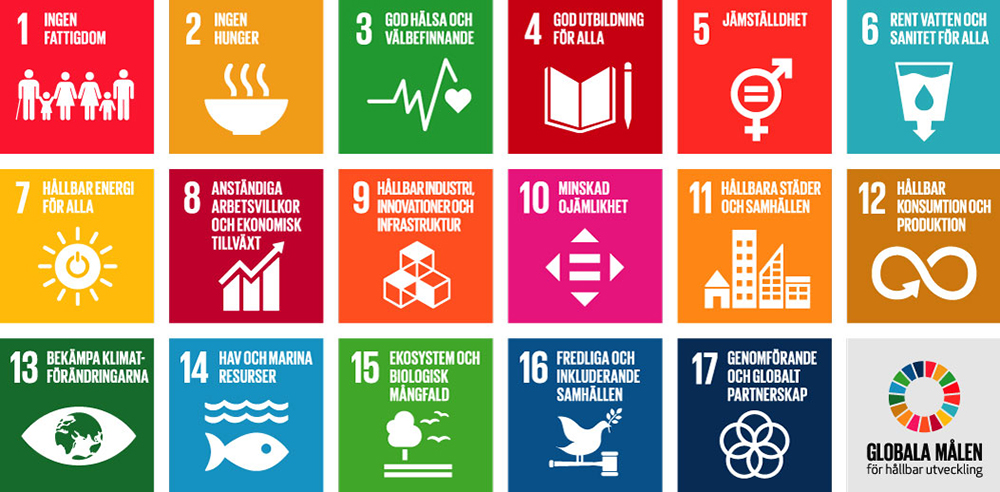
KTH takes a lead in climate change
KTH is taking the lead in climate change via its new climate targets and determination to be climate neutral by 2045.
“KTH has made the assessment that the rate of change in climate work must be increased and we want to contribute to this by taking a firm and wide-ranging grip on all our activities,” says Göran Finnveden, Vice President, Sustainable Development.
Targets that cover education, research, cooperation and KTH own emissions are far-reaching, highly detailed and apply for the 25-year period from 2020-2045.
“At this moment in time, I am not aware of any other university in the world that has such a comprehensive and broad approach to climate work,” says Finnveden. “Although our focus is on education and research of high quality, we are also addressing our own climate footprint.”
The targets are linked to a number of measures that consciously and continuously work to deadlines in order to reduce emissions of carbon dioxide when it comes to things such as business travel, food and refectories, energy usage, buildings, waste management, procurement and investments.
“The traditional role of universities in social development is often via research and education in the long-term – but the gravity of the climate issue requires us to act more quickly in disseminating the available knowledge and offering a good example in reducing our impact and increasing knowledge in a broader perspective.”
How will KTH be able to live up to the quantitative targets that we have set?
“Via a systematic approach to which many people contribute. Nor are we alone. Changes in other parts of society will help us, as will technology developments and the fact that other universities are also working with these issues.”
Why has KTH chosen to drive this?
“The gravity and urgency of the climate issue mean that all sectors of society need to reduce their environment impact. As a leading university of technology, we also need to be a leader in the climate change.”
The biggest source of university emissions is business travel. Even though the goal is to reduce emissions, these appear to be increasing instead, are they not?
“Yes, and this is not acceptable. The target for 2020 means we need to reduce our travel by around 10% per person compare to 2015. That’s not that much and something that ought to be doable for us,” says Finnveden.
What do you see as the biggest challenges to these targets being met and implemented?
“Habits and various forms of inertia slow progress. If we are to achieve the targets, many people at KTH need to incorporate these issues into their area of activity: in education, research and when making various major and minor decisions. In the longer term, technology development is also required and that other parts of society also make a change.”
KTH being climate neutral within 25 years is line with the Swedish climate policy goals. Do you think this is doable?
“Absolutely.”
Text: Jill Klackenberg
Last summer, KTH and Chalmers launched a joint initiative to develop a Climate Framework for universities and colleges in Sweden. KTH’s general targets, aim to contribute to realising this Climate Framework .
Read more in the vice president’s blog where Göran Finnveden posts about KTH’s role in climate work.